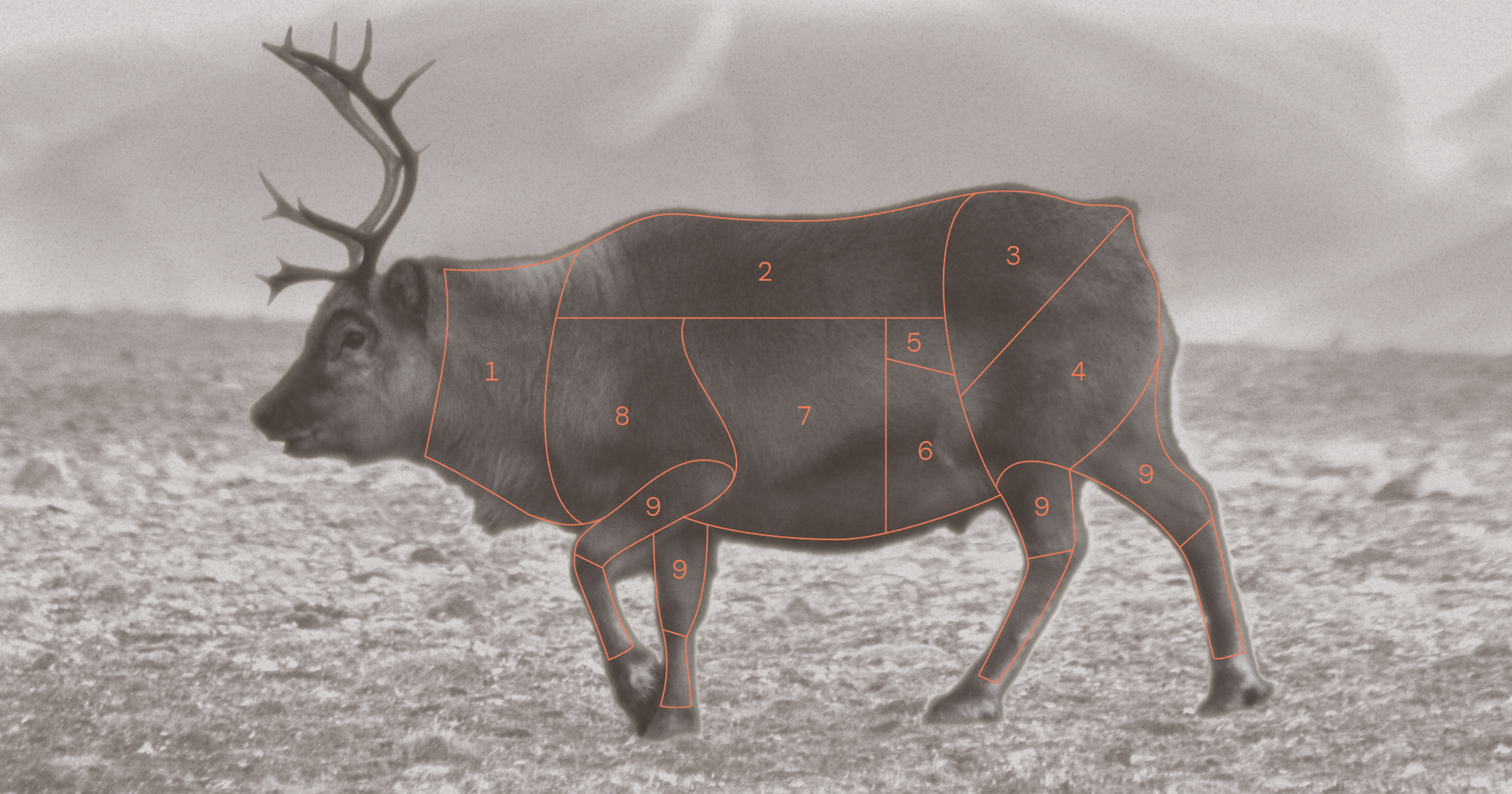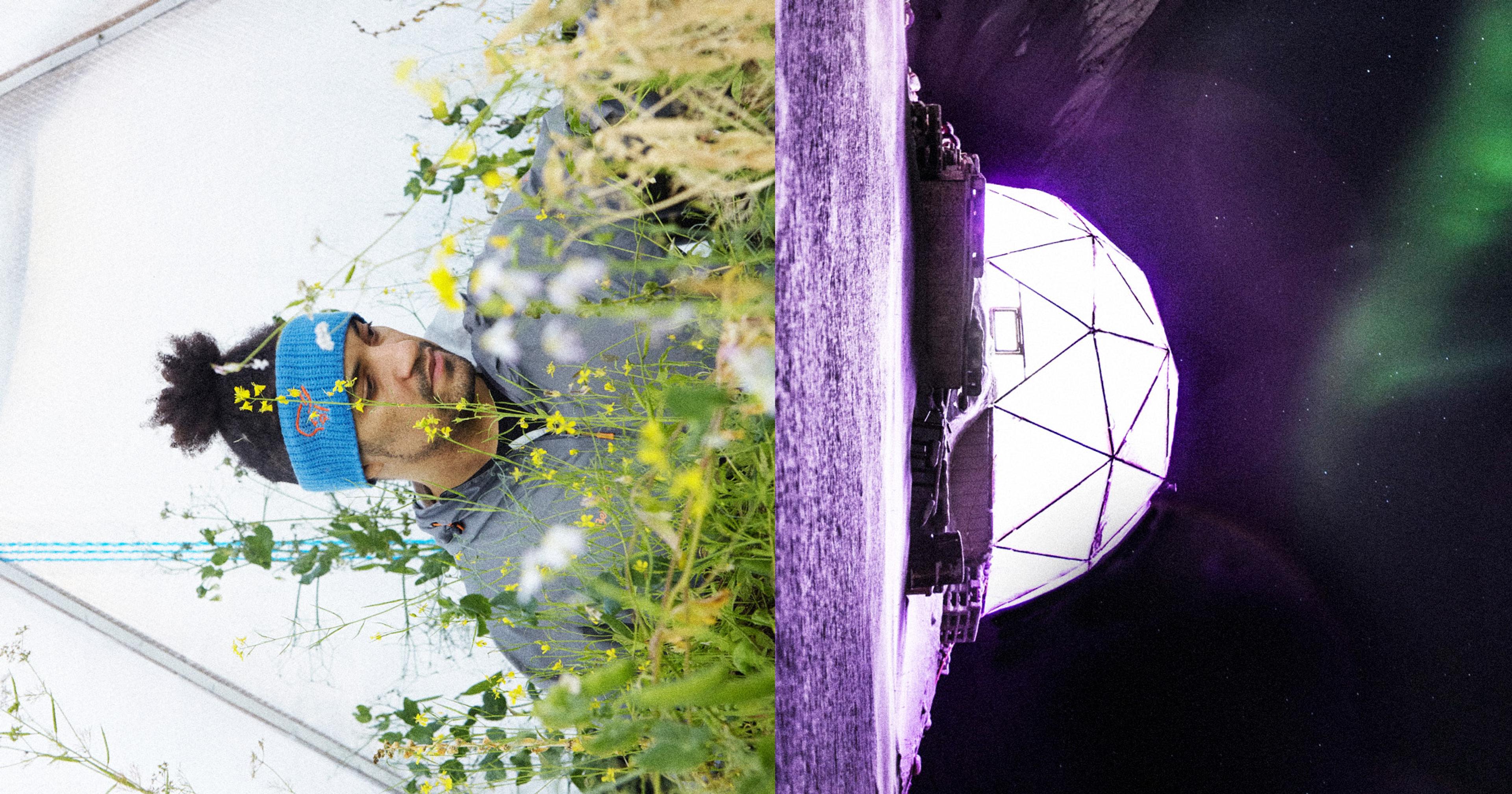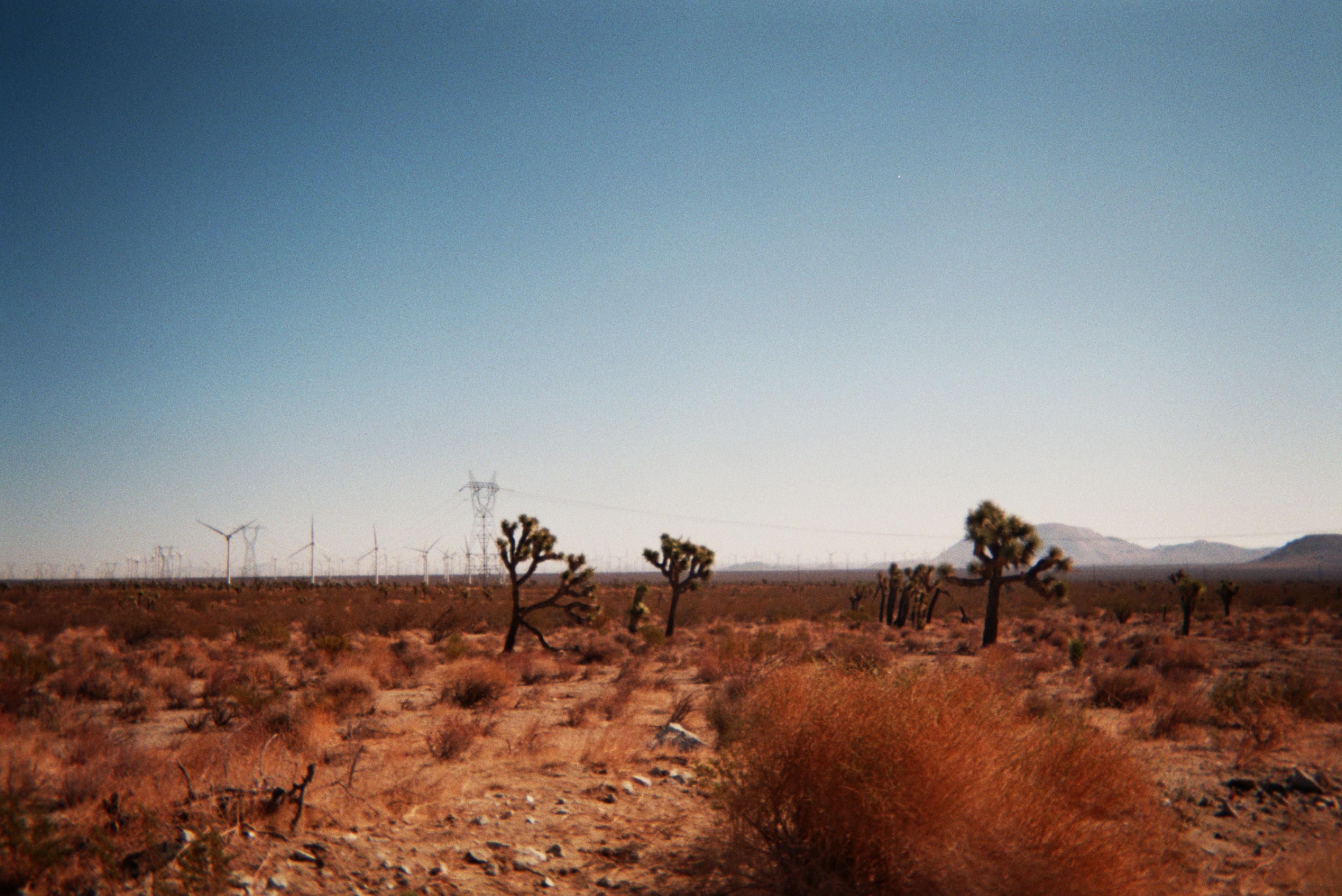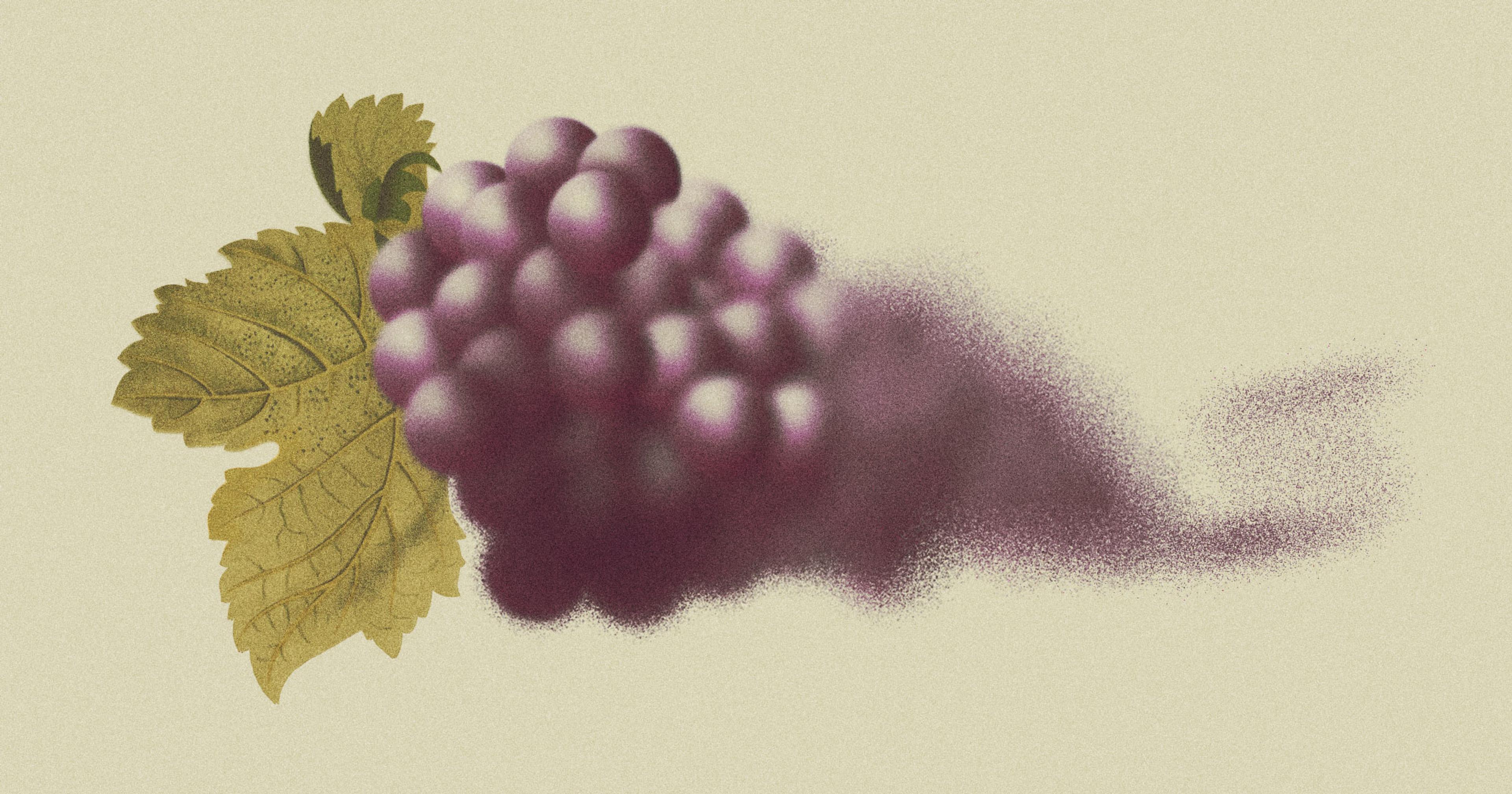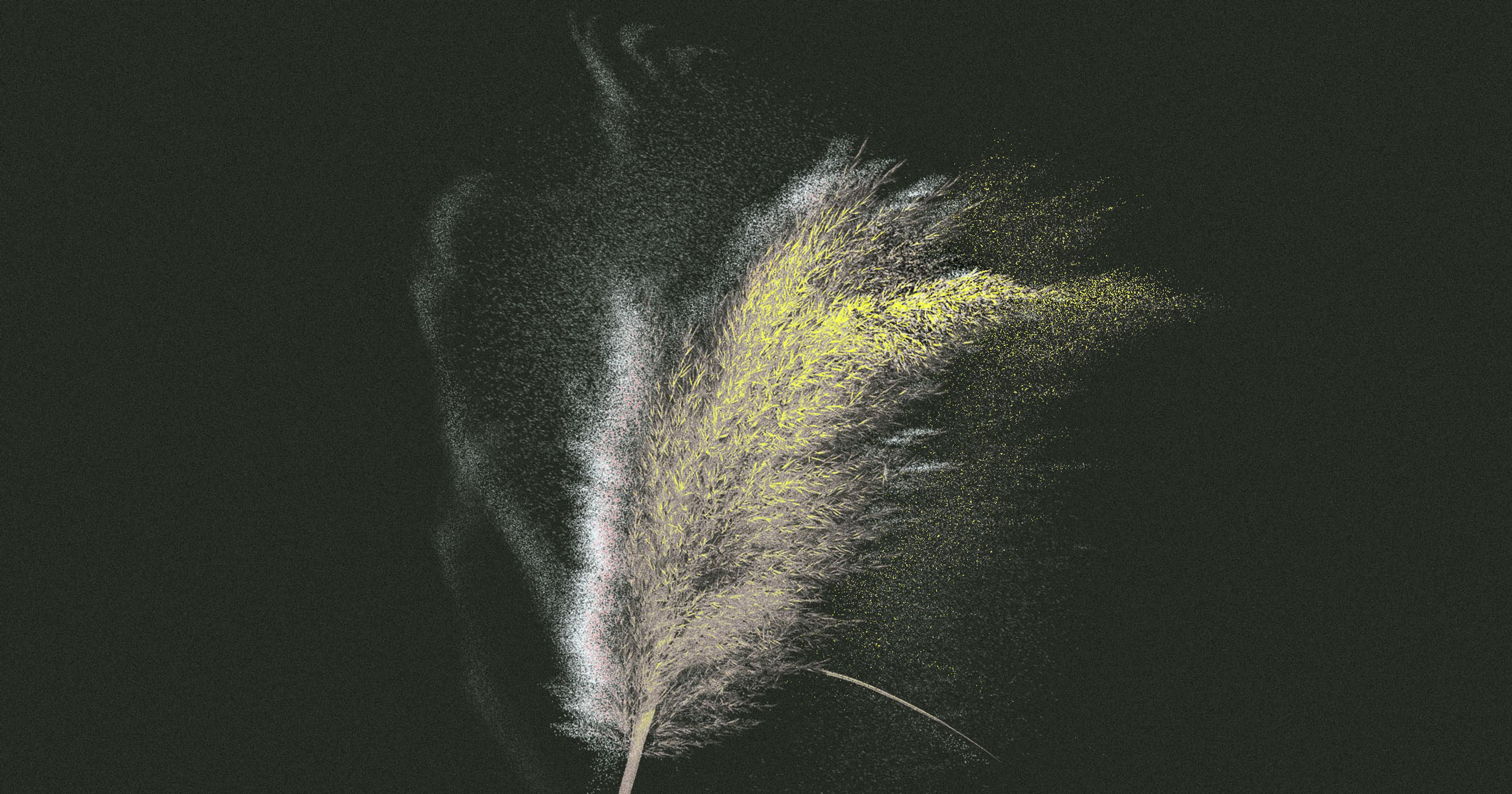An increase in Arctic biomass has led to a threefold increase in delicious Svalbard reindeer. How long can the good times last?
Svalbard reindeer, the northernmost subspecies of Rangifer tarandus, has flesh so richly striated with fat that it forms a sheen around the mouths of those who eat it, leaving visible kisses on the rims of glasses. When fried in a pan, it browns like bacon in its own rendered grease. Stews made with Svalbard reindeer form a thick seal of fat as they cool, as cream rises to the top of fresh milk.
The fat of wild game carries the scent of the animal and what it ate in life, an olfactory memory passed down the food chain. These reindeer taste of the summer tundra of Svalbard, a Norwegian archipelago less than 1,000 miles below the North Pole. The sparse, treeless landscape is dominated by scrubby plants like shrubs, sedges, and mosses in the brief growing period, when reindeer gorge under the midnight sun in the hopes of putting on enough weight to survive the winter. Permanent residents of the archipelago, who have the exclusive right to hunt Svalbard reindeer, often pair it with bracing shots of Norwegian akevitt, the dill and caraway in the liquor echoing the herbal bouquet of the fat.
“They are literally the fattest deer in the world,” said Sam Dwinnell, an American wildlife biologist who is studying the subspecies as a Ph.D. candidate at the University Centre in Svalbard. While other species of deer, such as the mule deer Dwinnell previously studied in Wyoming, can get up to around 20% body fat by the end of autumn, Svalbard reindeer achieve a zaftig 40%. “Fat is really the currency that allows them to survive in the environment that they occur in.”
That environment is changing as the Arctic warms. In the past 30 years, the average temperature of Svalbard has increased 1.6 degrees Fahrenheit per decade, making it one of the fastest-warming places in the world. In the same period of time, the population of Svalbard reindeer has tripled. Dwinnell is studying their foraging behaviors to better understand the reasons for the reindeer boom — and if it can last.
“They’re one of the very few organisms that are actually, right now in this moment, benefiting from climate change,” said Dwinnell. “It just speaks to how complex and dynamic it is.”
An Arctic Feast
Dwinnell’s project is part of UNIS’ 30-year observational study of Svalbard reindeer, which involves capturing individual deer, re-releasing them into the wild, and tracking them via GPS-enabled collars. She and her fellow researchers spend weeks-long stints deep in the tundra, living parallel to the reindeer and monitoring their behavior in minute detail.
While in the field, the researchers are based at Tarandus, a station about 19 miles from Longyearbyen, home of UNIS and most of Svalbard’s 2,600 residents. With no roads outside of town, they can ski or snowmobile if there’s snow; if not, they have to walk. Most of their food and other supplies are dropped off by helicopter, but Dwinnell always brings along some extras, like boxed wine and plenty of cheese.
On a November trip, those extras included a whole chicken and a turkey leg, set aside in preparation for a Thanksgiving feast. “It was her dream to host dinner for U.S. Thanksgiving out there,” confided Canadian-American researcher Maggie Coblentz, who has accompanied Dwinnell on three field trips. “It’s a big deal for her.” Coblentz, best known for her work reimagining the possibilities for food and agriculture in space, brought pumpkin pie filling in a Nalgene and baked tarts at Tarandus.

Inspecting reindeer droppings on the tundra
·Photo by Sarah Gerats
Most days, though, Dwinnell is primarily concerned with the reindeers’ meals. Once she locates a collared reindeer using an antenna, she and her assistants watch it through scopes from up to 400 yards away. One is assigned to note the plants the reindeer eats, which the researchers then find and sample; another notes where it defecates. A third is assigned to find and collect the droppings for analysis. Coblentz, designated pooper-scooper, called it “a very honorable job.”
Her fellow field assistant, Dutch artist and nature guide Sarah Gerats, preferred sampling the vegetation — an activity with a forbidden-fruit appeal on Svalbard, where it is illegal to pick plants without a permit. “That was very strange in the beginning, because I’m always really careful,” she said. “It was especially nice to see the roots, because that is something I never see.” She came to take pleasure in extracting perfectly whole plant specimens, all the hairlike tendrils of the roots intact, and presenting them to Dwinnell like an arctic bouquet.
Those root bouquets and poop samples helped to reinforce an explanation for the increase in Svalbard’s reindeer population. There has been an explosion of biomass on the tundra, especially of native grasses, which “typically respond to warming more readily than other types of plants,” Dwinnell said. She added that reindeer prefer to eat grass over lower-biomass plants like moss because they give them “more bang for their buck.” As a result, these plants are taking up an increasing percentage of the reindeer diet.
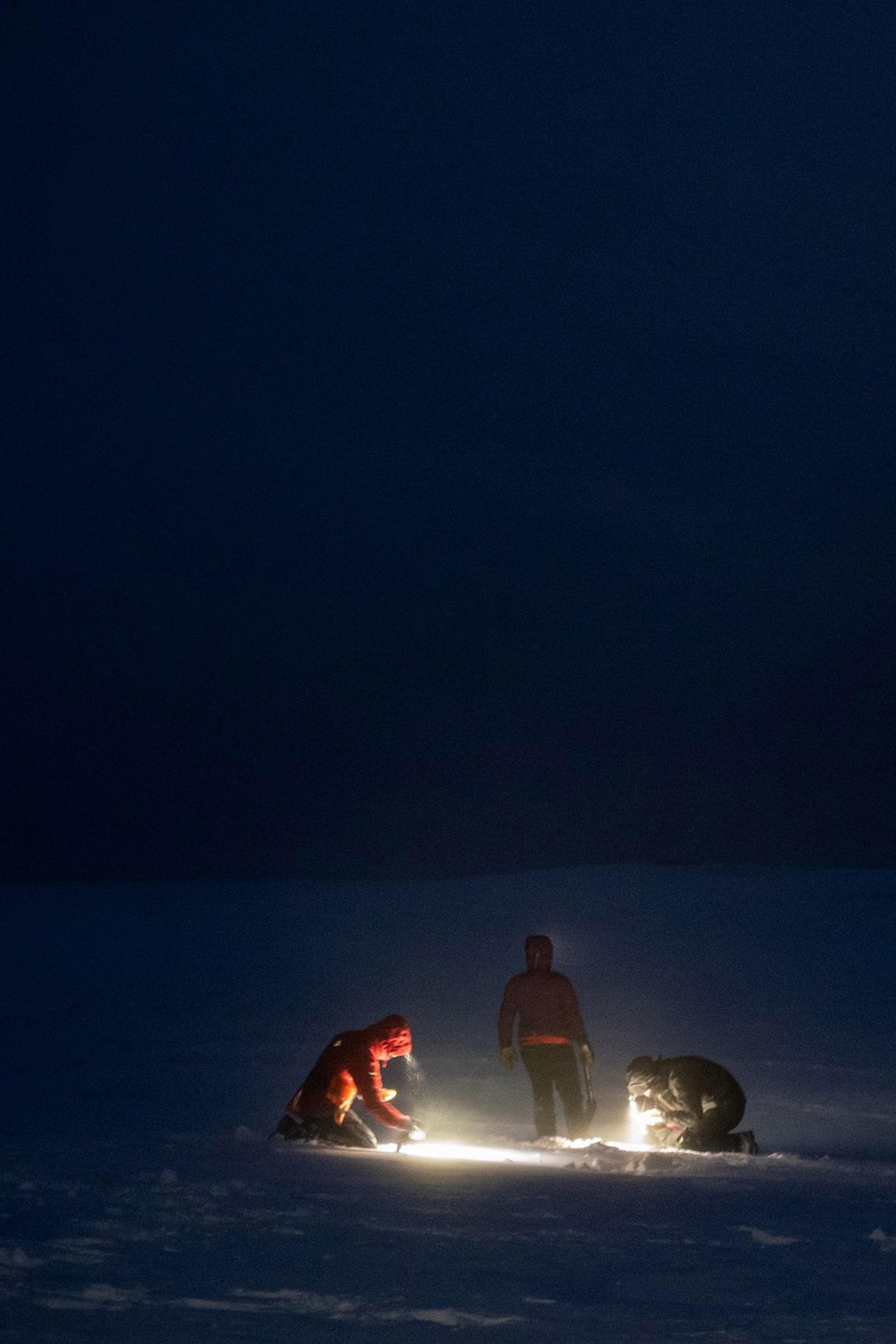
Research in the dark
·Photo by Sarah Gerats
Grasses also respond well to herbivory, often growing back in force after they’ve been nibbled. “Through their foraging and through their eating of plants, they can promote more of these types of herbivory-resilient plants to grow,” Dwinnell said. “They can, by just eating it, promote more nutritious grass for them to eat.” The benefits of grass extend into the winter, when the tall blades poke through the surface of the snow, preserved in a film of ice like herbivore popsicles that sustain reindeer until the thaw.
Other reindeer subspecies have not been so lucky. In the volatile winters of a warming Arctic, rain sometimes falls on top of snow, where it freezes into an impenetrable shell. Reindeer are used to digging through snow to find the vegetation preserved below, but they can’t break through the ice, and many starve as a result. Though ice-on-snow events also take place in Svalbard, the reindeer there have so far shown an ability to withstand them, in part because of their evolved ability to fast and their fat stores bulked up by the summer smorgasbord.
“Right now, they’re in this kind of Goldilocks phase, where the conditions are just right for them to be doing well … but we need to remember that these animals are cold-adapted, so they evolved to extremely cold conditions,” Dwinnell said, noting that observational data suggests that Svalbard reindeer may begin to experience heat stress at just 10 degrees Celsius (50 degrees Fahrenheit). Last July was Svalbard’s first month on record to have an average temperature above 10 degrees Celsius. “We’re continuing this research to be able to capture if there are these sort of breaking points that the population will meet.”
“A Breath of Fresh Air”
The explosion of biomass on the archipelago reflects similar patterns across the circumpolar zone that may have an impact on how people grow food in a warming world. Though most high Arctic farming now takes place in greenhouses (including the Svalbard initiative Polar Permacultures, which supplied local restaurants with vegetables from 2013 until it filed for bankruptcy in 2021), rising temperatures are prompting more outdoor farming on the tundra. As climate change disrupts agriculture in temperate latitudes — the IPCC predicts that a global temperature increase of 1.5 degrees Celsius will strike out 8% of existing farmland — there may be a time when the Arctic becomes our Goldilocks zone, too.
For now, Svalbard’s plants are off-limits for human foraging, but its residents can consume their biomass second-hand through the reindeer. Permanent residents are allowed to bag one reindeer per season from six designated areas after passing a few qualifying exams, including a hunting proficiency test and a shooting proficiency test for big game. (Visitors to Svalbard can also get hunting permits, but they are limited to other game, like ptarmigans and ringed seals.)
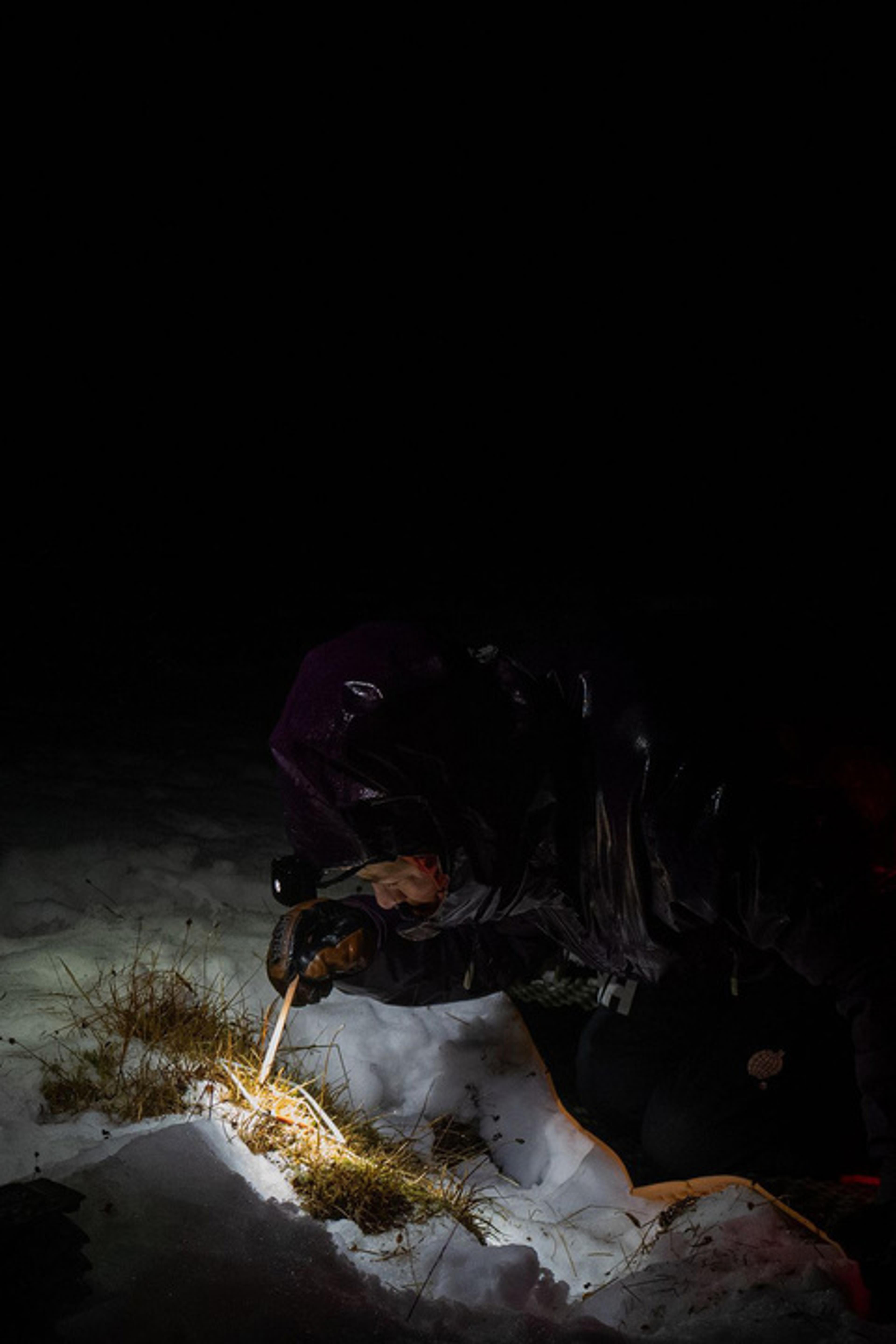
Inspecting the forages
·Photo by Sarah Gerats
Dwinnell, an accomplished big-game hunter who has stalked elk across the Rockies, could get a reindeer hunting permit if she wanted to, but has so far demurred. “The hunting is so easy in Svalbard that it felt a bit unfair,” she said, comparing it to “shooting fish in a barrel.” Evolved for a world without predators, Svalbard reindeer are short-legged and slow-moving, too chubby to leap across fields like their southern cousins.
But she has no qualms about eating reindeer that others share with her. Soon after her return from the November trip, we both attended a dinner party where the pièce de résistance was Svalbard reindeer pinnekjøtt, a traditional Norwegian Christmas dish usually made with lamb. “This is some of the best meat I’ve ever had,” I heard her declare, grease-slicked fingers gripping a rib.
“Seeing how much fat was within that pinnekjøtt, that makes me appreciate how special these animals are,” she told me later. “In this kind of hopelessness of doom and gloom, it’s nice to have at least some stories of like, ‘Hey, right now, actually, these guys are doing OK.’”

